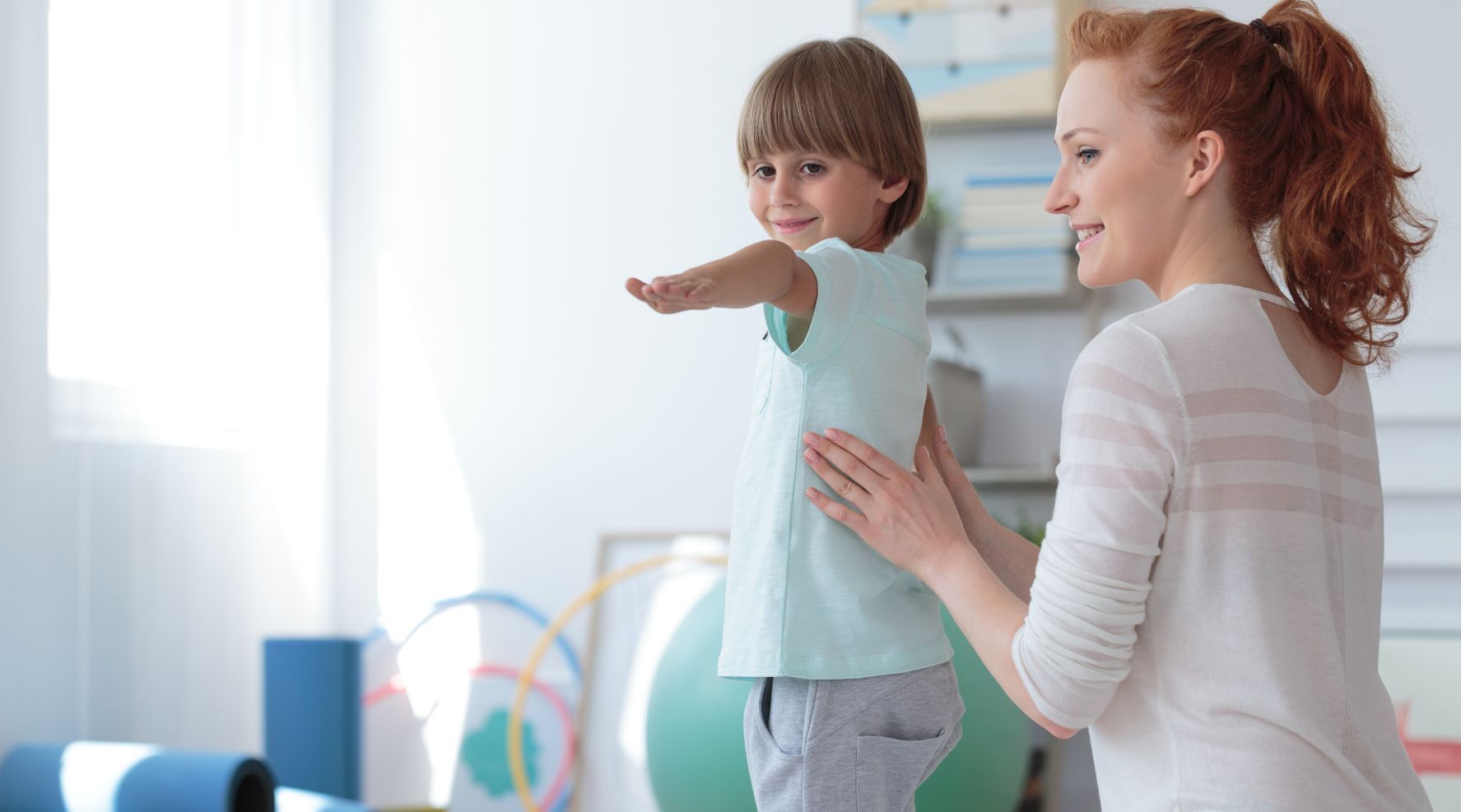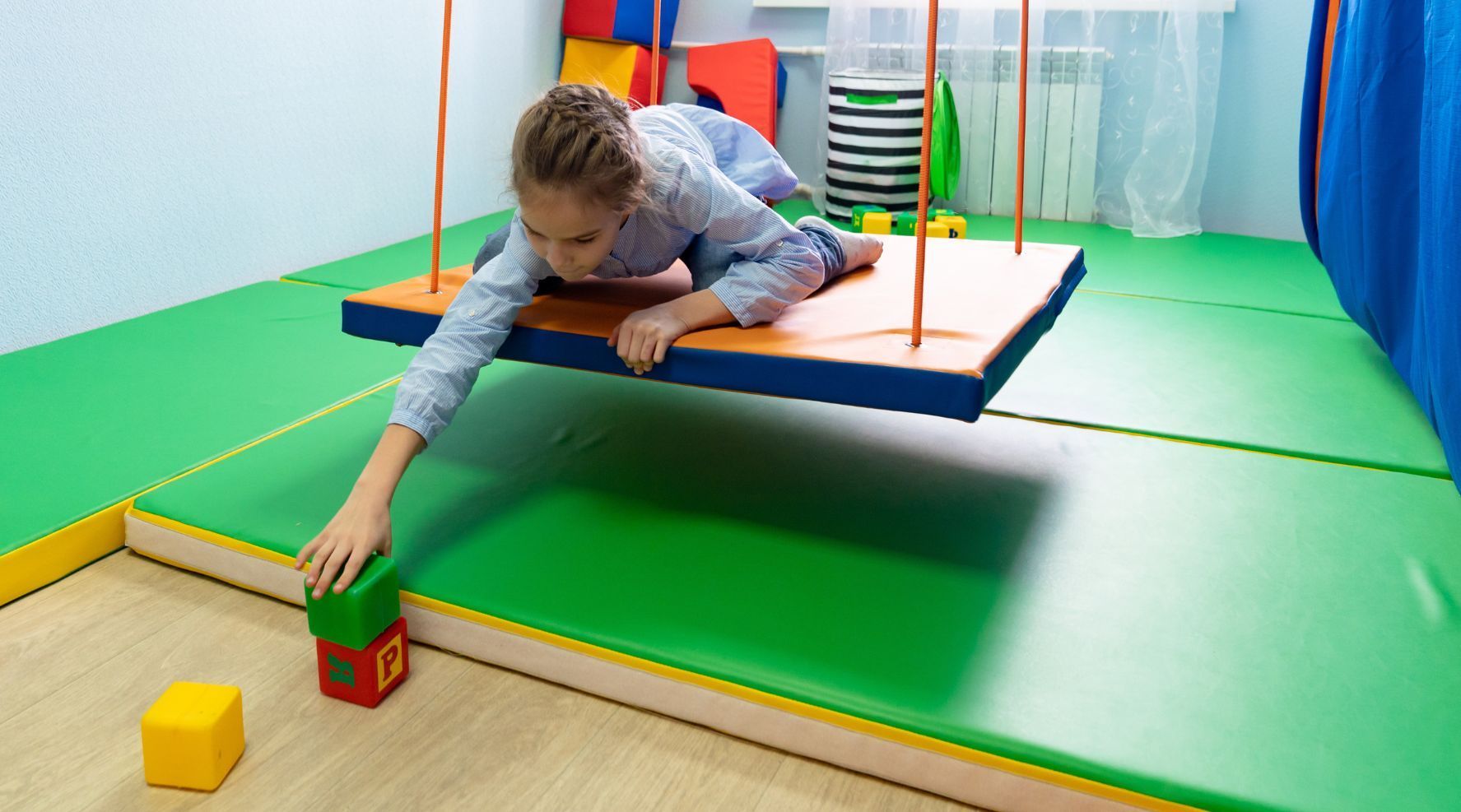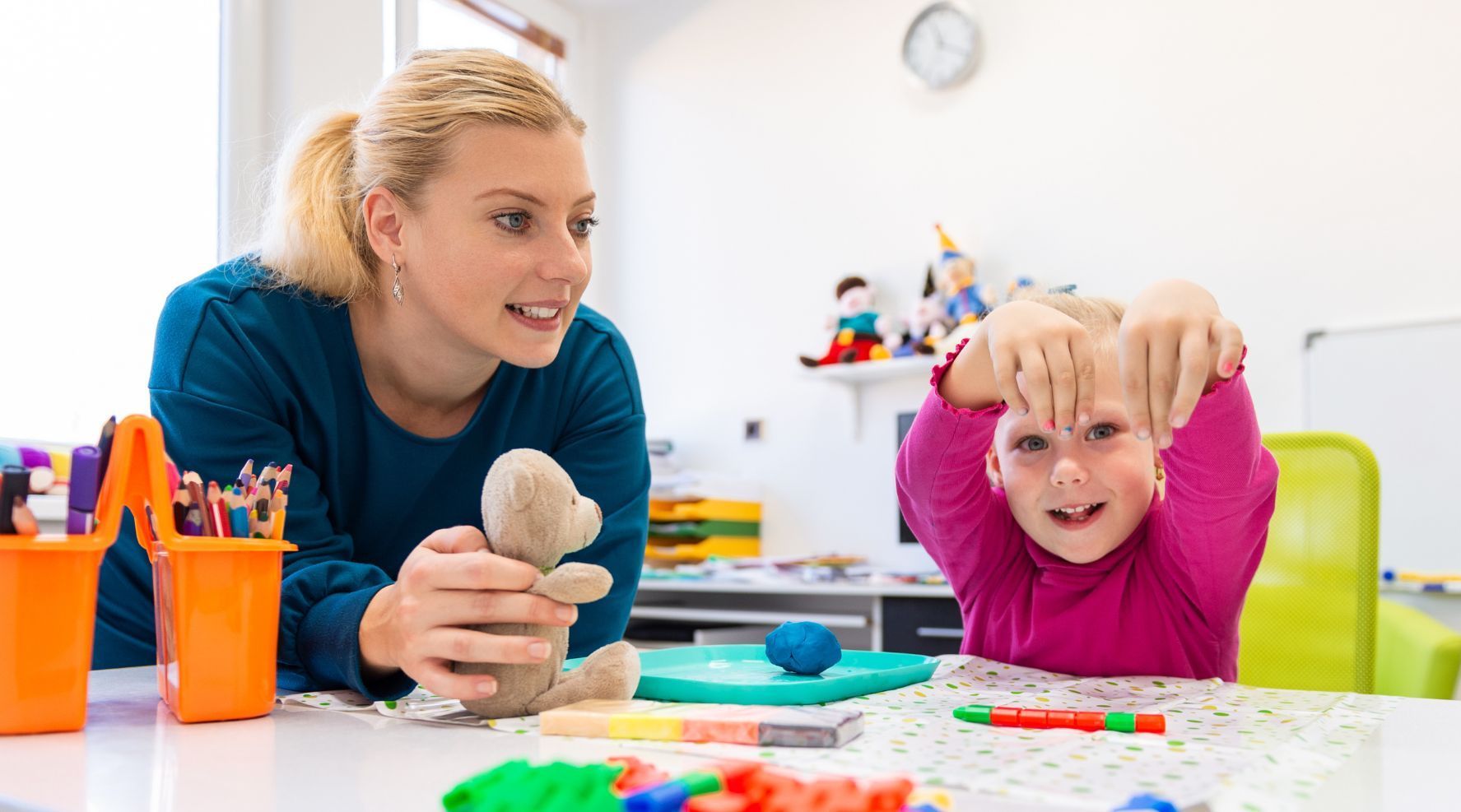Activities To Help Autistic Children With Self-Regulation
Many autistic children have trouble managing their emotional responses to social interactions or sensory stimulation (or the lack of it). When they feel stressed, disappointed, angry, or anxious, they may respond with tantrums, defiance, or extreme attention-seeking behavior.
The ability to think before acting, remain calm when anxious or frustrated, cooperate, or endure delayed gratification (dessert comes after dinner) are aspects of the life skill known as self-regulation.
Through observation of your autistic child’s behavior, you will already be familiar with environments that calm them, and those that send them into a tailspin. Here are some activities to help autistic children with self-regulation.
Coping Strategies
You may use these yourself to remain calm when your child’s becomes overwhelmed:
- Breathing deeply
- Counting to 10 (or 20, or 50!)
- Taking a break, or walking away
- Asking for help
- Listening to soothing music
- Hugging a stuffed animal, or stroking a favorite blanket
- Distracting the senses with crunchy snacks
- Dimming the lights
Emotional Chart
Special educators and occupational therapists often create laminated “emotional chart” tables with graphics of faces that depict different emotional states, ranging from very upset or angry to “okay” to happy. Children can point to the picture that best describes how they’re feeling in one column. Then, they can tell you what is making them feel that way, and you can use a dry erase marker to write it in an adjacent column.
Talk with the child about if their reaction matched what happened, and whether there is a more appropriate response. Explain that it’s okay to be upset by something that happened, and know that the child may not yet understand the appropriate response for certain situations.
Heavy Work
Many autistic kids are calmed by activities that require resistance-type exertion, like playing with modeling clay, carrying heavy books from a desk to a shelf, moving desks or chairs, climbing, or using resistance bands.
Sensory playgrounds incorporate heavy work activities like fun play. These playgrounds include climbing walls, zip lines, monkey bars, or other activities that require the child to work against their own body weight, providing soothing resistance.
Games and Social Stories
Following the rules of a game requires self-regulation, and can help kids learn how to do other school-related things that are difficult for them, like staying in line, or remaining seated. Try Freeze Tag, Simon Says, Musical Chairs (which can challenge emotional self-regulation when the group is down to the last chair!), Duck Duck Goose, or Red Light, Green Light.
Social stories help kids work through everyday situations that require self-regulation, like sharing toys, or being mad at a friend. You can read a social story to your child and discuss how the characters responded—or should have responded—to what happened, and how they felt about it.
Ask your therapists and special educators for more suggestions of activities to help autistic children with self-regulation, and remind yourself to be patient. Processing all this can take a very long time, but with love and belief that your child can do it, you will see significant progress!





